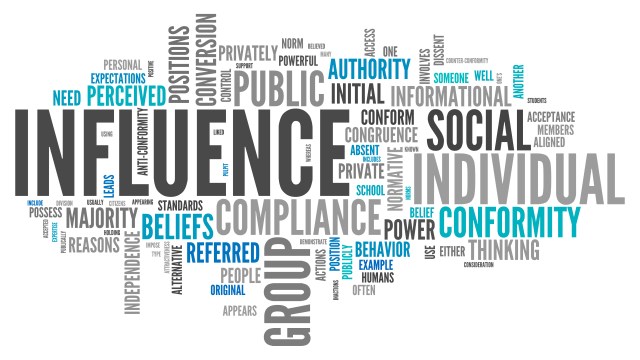Anger as a Catalyst of Change

The term ‘anger management’ has long been utilized in corporate and educational environments alike. Workshops on dealing with the seething potentiality of rage often employ that age-old maxim of calm benevolence: take a deep breath. A clear disposition demands oxygen.
Yet what could be clearer than anger? In such circumstances the emotion’s power remains undiscussed. Anger is treated as something to be conquered—ironic, as it is one force indicative of the conquering mindset—or soothed and coddled. Rarely would you hear about anger’s transformative and ultimately restorative possibilities.
As counterintuitive as it might seem, recent research has shown that anger lowers levels of cortisol in our blood. As Joann Ellison Rogers writes in Psychology Today, anger is now understood as a tool for addressing problems head on instead of running from them or standing around fuming at the universe, fists clenched and cheeks reddened.
Rogers cites humanity’s two basic motivational forces: the impulse to approach as well as the desire to run from a problem. Emotions like fear, uncertainty, depression and a lack of confidence all result in the latter. Anger, however, propels one forward to address the issue at hand.
These varying behaviors are triggered in our frontal cortex, the ‘executive branch of our emotions,’ as she writes. Briefly, the left frontal lobe establishes healthy approach behaviors, while activity in the right forces withdrawal. When someone is enraged and takes the attitude that things can be better, the left side wins out.
Anger is one of the emotions that my colleague Philip Steir and I researched while creating the Flow Play program at Equinox Fitness. While we predominantly focused on anger’s neural effects in musical expression, we found that even Aristotle recognized its transformational effects:
Anybody can become angry—that is easy, but to be angry with the right person and to the right degree and at the right time and for the right purpose, and in the right way—that is not within everybody’s power and is not easy.
Consider great protest singers, such as Woody Guthrie, Bob Marley and Fela Kuti. They used music as a vehicle for expressing social and political injustices in a manner that moved people emotionally and mentally. Angry music can feel uplifting and gratifying, ultimately changing the culture and individuals within it.
As an evolutionary tool, anger helped us protect our territory, food supply and family. It is in this context that the primitive areas of our brains meant for protection, foraging and self-defense are activated. This is where the amygdala—the part of our brain that processes emotions—gets triggered.
The time between a triggered event and a response from the amygdala can be as little as a quarter of a second. Almost at the same time blood flow increases to the frontal lobe—specifically the part of the brain just over the left eye, which controls reasoning. The frontal lobes are the rational part of our brain. They keep other regions in check. We first feel emotion and then make decisions.
The frontal lobes keep us from striking out with physical violence, as well as following the direction of least resistance. Anger does not have to involve attacking another physically; our center for reasoning helps keep our fists in check. The frontal lobes are also the main control center for attention. They keep our minds from wandering and focused on the task at hand. It is here that our anger can be transformed and used as a catalyst for change.
Just this past week we’ve witnessed a great example of how communal anger, as in the case of racist remarks made by LA Clippers owner Donald Sterling, results in substantial change. As a lifelong player and lover of basketball, his inane commentary was infuriating, especially given this particular sport’s capacity for bringing cultures together. Yet perhaps such a powerful emotion could be used for even more progressive manners than singling out one bigoted millionaire.
Solomon Jones entertained this idea in a blog post last week. His commentary turned the mirror back onto us, forcing us to question our true priorities as a country. Sure, Sterling is racist, but given his track record, should that surprise us? He continues,
While we rant about Donald Sterling, states across the country adopt Voter ID laws in an attempt to suppress black and Latino votes. While Sterling dominates the news cycle, the corporately funded Tea Party has made racial division a political goal. While Sterling remains at the center of our discussion, Fox News gives right wing extremists a national forum.
Jones succinctly echoes Aristotle’s millennia-old advice: not if we should use anger, but when and how. Learning that the expression of anger is a powerful and healthy force in our emotional arsenal is only half of this battle. Placing it correctly is the next lesson in this curriculum.
Image: kpatyhka/shutterstock.com





